1. The “Gangnam Style” Craze

Americans will act like they barely noticed PSY’s “Gangnam Style,” but back in 2012 the song dominated every chart for weeks and you could not escape that horse‑riding dance. It sparked countless parodies, TV show references, and viral dance videos. Brands even paid tribute, and it was the first YouTube video to hit a billion views in the U.S. People now shrug, but the evidence is everywhere if you look.
Nowadays they might say they “kind of liked it,” but admit how many times they actually learned the dance? Its cultural imprint was huge, and K‑pop’s early stretch into mainstream America owes part of that moment to PSY’s track. That popularity jump‑started broader interest in Korean music and humor. Behind every “I vaguely remember” is a flood of coverage and rip‑offs.
2. Twilight Fan Frenzy
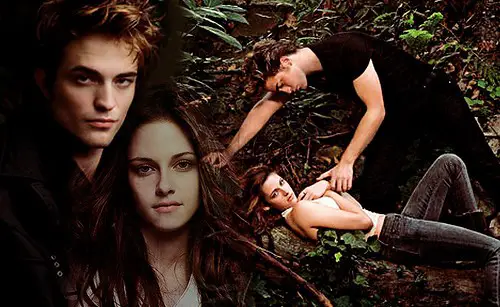
Most Americans claim they were only mildly interested in the Twilight saga, but in reality, the movies and books sold millions of copies and broke box office records. Fan conventions were packed, and online forums were swamped with theories about Team Edward vs. Team Jacob. Sparkly vampires were everywhere—from Halloween costumes to themed parties. The backlash now seems more vocal than the original enthusiasm.
People often say, “Oh, I never got into Twilight,” yet every teen sleepover had fandom chats and Pinterest boards galore. The series practically launched Kristen Stewart and Robert Pattinson into cultural superstardom. Critics might mock it now, but the fandom was deep and real at the time. The national obsession faded but denying it feels a bit revisionist.
3. Y2K Panic Buying
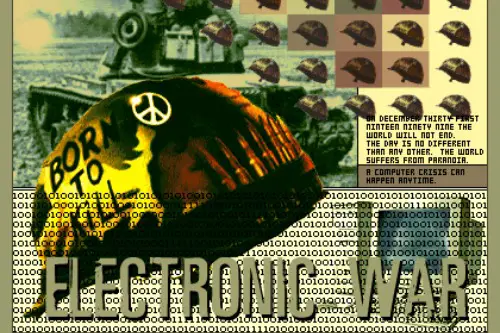
Most folks act like Y2K was blown out of proportion and that few cared, but as December 1999 approached, Americans hoarded supplies, hardware, and even cash. Entire IT departments worked overnight to patch systems; businesses held back operations in fear of meltdown. Newspapers ran daily countdowns. The sociological memory feels muted compared to the intensity of preparation at the time.
We now laugh about stockpiling water and generators, but in 1999 that was normal behavior. Airlines ran tests, banks did simulations, and local governments planned contingencies. Few admit now how seriously they took it. But show someone a photo of empty store shelves, and they’ll pause.
4. The “Ice Bucket Challenge”
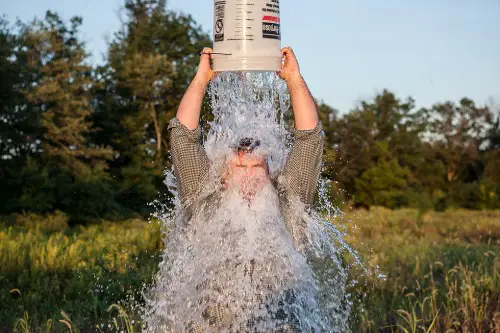
People downplay the Ice Bucket Challenge these days, but in 2014 it flooded every social network, involving celebrities, presidents, and nearly everyone you knew. Videos of friends dumping ice water were everywhere, tagged for ALS awareness—and donations skyrocketed. It raised over $100 million for ALS research in just a few months. Now, many distance themselves as vaguely amused by the trend.
The disclaimers “I did not participate” are common, even though most people at least watched or got tagged. It arguably changed the way viral philanthropy worked. Corporate marketing jumped on it; teams would dump buckets in offices for social content. Summer heat or not, it was addictive to watch and share.
5. The Harlem Shake Phase
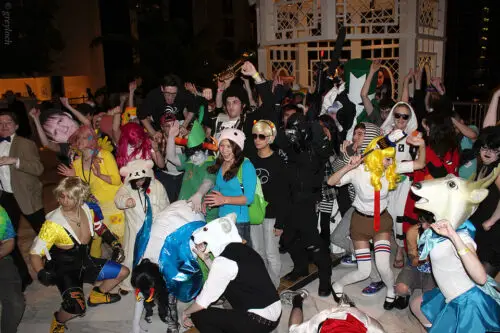
Americans pretend the Harlem Shake fad was a brief whim, but in 2013, it exploded across social media with thousands of group videos. Businesses, schools, and TV studios filmed their own versions—and some garnered millions of views. It became a shorthand for viral participation and solidarity. Yet today, many claim “Oh, I think I saw one or two.”
Actually, practically every YouTube channel and news outlet covered dozens of versions. There were parody compilations and news segments mocking it—but the adoration came first. The DIY nature of the meme made it everywhere, and people took part. Claiming ignorance feels disingenuous in retrospect.
6. The “Baby Shark” Obsession
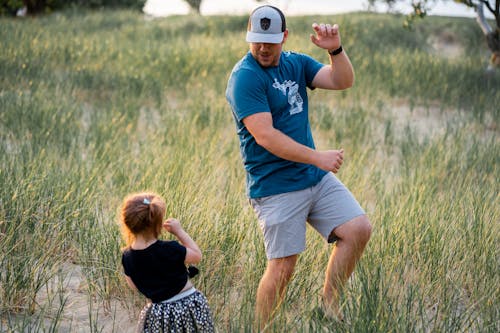
Many downplay Baby Shark as just a kid’s song, but the YouTube video became one of the most‑viewed of all time—over ten billion views. From toddler birthday parties to professional sports mascots dancing it out, it permeated American life. The catchy chorus embedded itself in collective memory. Now it’s often dismissed as nonsense—but the scale of play and parody proves it was huge.
Adults will say they “tolerated” it, but joke about how it got stuck in their heads for days. Media outlets ran think‑pieces on why it hooked kids and parents alike. Schools even incorporated it into lessons and events. Parents resisting admitting the influence is underestimating its power.
7. Netflix Binge‑Watching Dip
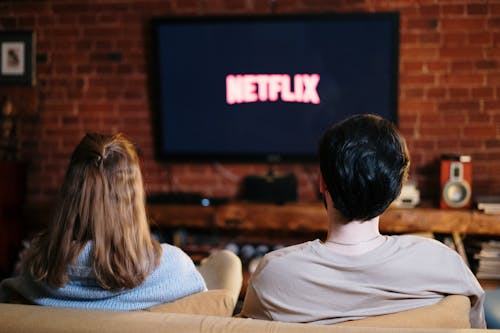
People say they didn’t binge‑watch so much when Netflix introduced streaming, but statistically, binge consumption rose sharply from 2013 onward. Entire seasons released at once changed viewing habits across the nation. Critics who now claim they only watched one episode at a time probably did a full season in a weekend. The dominance of “Netflix and chill” lounge couch culture was real.
That phrase became a meta‑joke and cultural shorthand for how Americans consumed TV. Water‑cooler talk revolved around “Did you finish it yet?” conversation threads dominated. Streaming changed appointment TV forever—and most Americans who said they were casual viewers were anything but. In retrospect, everyone’s editing habits changed quickly.
8. The Minions Meme Invasion
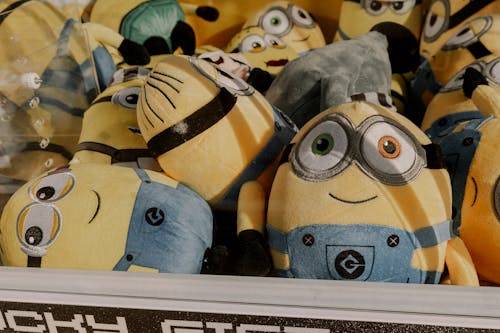
Despite claims that Minions were annoying and overrated, characters from Despicable Me became viral meme fodder—everywhere from birthday cards to Facebook threads. Ugly sweater stores stocked Minions gear; giant plush sold out. They appeared in political jokes, corporate memes, holiday mash‑ups. Many people now say they “got tired” of them, but their over‑saturation was exactly because they were widely loved.
Adults joke about how unbearable Minions became—yet rarely admit they shared a GIF or laughed at a meme. Their ubiquity in marketing made them hard to avoid. Amazon and party stores pushed Minion‑themed everything. Denial of the cultural moment seems more about post‑fad fatigue than initial disinterest.
9. The Harlem Renaissance Revival in Fashion
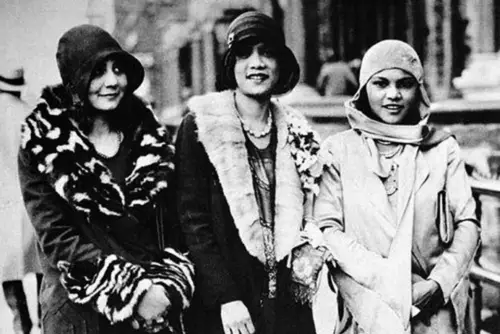
Fashion magazines nod to a revival of Harlem Renaissance aesthetics in runway and streetwear, but many Americans insist they didn’t notice or appreciate that influence. Yet brands showcased jazz‑era prints, bold color block, and vintage silhouettes inspired by 1920s New York culture. Music videos and high‑end photo shoots echoed the style. Fashion bloggers praised it and retailers rolled out lines accordingly.
Claiming ignorance is odd, because museums featured exhibitions, Beyoncé included nods in visuals, and mainstream retailers stocked related prints. Even chain stores had versions influenced by that aesthetics wave. Critics argue it was niche, but visual saturation says otherwise. Denying attention feels like rewriting awareness.
10. The “Frozen” Sing‑Along Pop‑Culture Lockdown
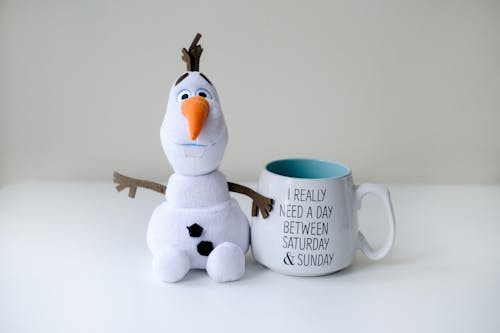
People joke they didn’t watch Frozen nonstop, but in 2013–14, “Let It Go” was blasted in every school, party, and small town Disney karaoke. It inspired covers by professionals, parodies on shows, and weekend sing‑alongs in malls. Soundtracks topped charts and audiences everywhere lauded Elsa’s anthem. Today, many say they “only saw it with kids,” but the cultural reach went far beyond.
The memes and mash‑ups reached adult fans too. Parents tell stories of how they caught themselves humming it in the shower—or singing it in the car. Major retailers stocked merchandise for years. It became a reference point in jokes and pop conversations.
11. The Planking Obsession
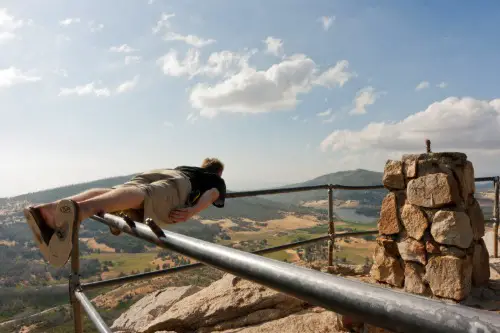
In 2011–12, planking—lying face‑down in weird locations and photographing it—seemed silly, but Americans collectively filmed thousands of versions. The hashtag #planking trended, news outlets covered it daily, and even public figures got involved. Yet many now dismiss it as a minor prank that only odd kids did. The participation level suggests otherwise.
Schools banned it; workplaces banned it; councils fined people for doing it in risky spots. It was everywhere, yet people deflect responsibility by claiming they never tried it. Seeing compilations reveals how widespread the trend was. Pretending it barely touched the mainstream is a bit revisionist.
12. The “Chewbacca Mom” Viral Laugh
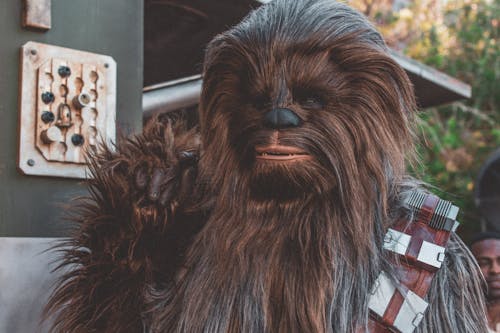
Candace Payne’s Chewbacca mask laughter video in 2016 became the most‑viewed Facebook Live clip at the time. Americans shared it widely; she appeared on talk shows, massive merchandise deals followed. People claim they only saw it once, but it spawned numerous parodies and copycat videos. The feel‑good moment hit millions, and nobody failed to laugh—or at least smile.
Some shrug now, saying “Oh yeah, that was cute,” minimizing how often it showed up in your feed. News shows replayed it, and even marketers referenced it in campaigns. That genuine viral joy stood out against the usual controversy‑driven content. Denying its impact ignores how often it resurfaced.
13. The “Spotify Wrapped” Spreadsheet Era
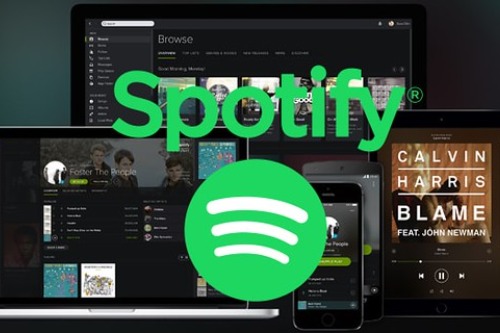
Although people say they ignore Spotify Wrapped as a filler seasonal trend, millions of Americans share annual infographics of their listening habits every December. The meme class runs: “Look how many hours you wasted on Coldplay,” etc. Brands even advertise alongside Wrapped prompts. It has become part of holiday social media ritual.
Claiming, “Oh I don’t care,” now rings hollow because posting it is practically a civic duty among music‑loving users. Wrapped summary comparisons fuel discussions, playlists, and debates about tastes. It routinely dominates social media impressions for a week or two. Pretending it’s niche or negligible overlooks real visibility.
This post 13 Pop Culture Moments Americans Pretend They Didn’t Fully Support was first published on American Charm.


